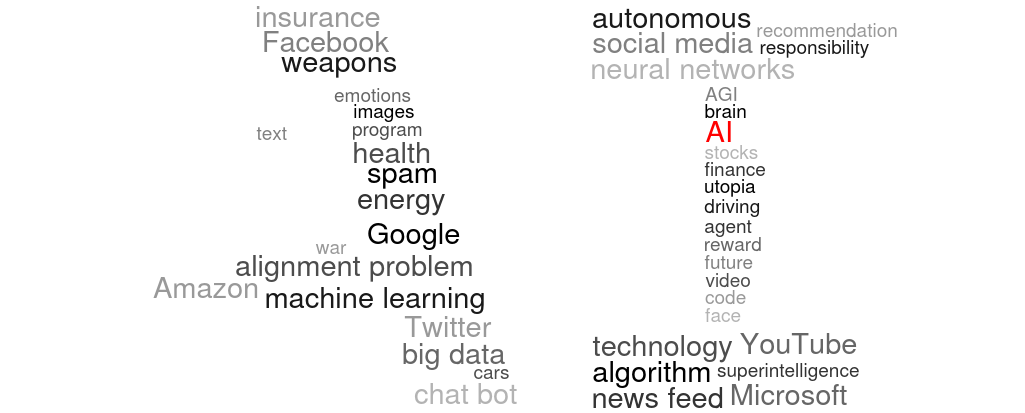Evidence of Absence
Suppose you think you’re 80% likely to have left your laptop power adapter somewhere inside a case with 4 otherwise-identical compartments. You check 3 compartments without finding your adapter. What’s the probability that the adapter is inside the remaining compartment?

Corona Tests and the Bayes Factor
A medical test does not give you the probability that you have a certain disease (such as Corona). Instead, it is evidence, which moves the odds of you having the disease up or down. I wrote a little app that helps you calculate how these odds change.
First and Third Person View of Dialogue
Just a note for reference, because I find myself explaining this repeatedly.

Seven Scientists
Seven scientists (A, B, C, D, E, F, G) with widely-differing experimental skills measure a quantity m. You expect some of them to do accurate work, and some of them to turn in wildly inaccurate answers. What is m and how reliable is each scientist?

How AI may impact your life and how you can help making this impact a positive one
Buzzwords like artificial intelligence (AI), machine learning (ML), big data, and neural networks appear everywhere around us, but if you are not involved in the field, you may misunderstand them. Thus, here is a short overview on what these words mean, how the associated technologies can affect you personally, and what you can do to […]

Self-Organizing Maps
Recently, I discovered this neat little algorithm called “self-organizing maps” that can be used to create a low-dimensional “map” (as in cartography) of high-dimensional data. The algorithm is very simple. Say you have a set of high-dimensional vectors and you want to represent them in an image, such that each vector is associated with a […]

Do all Snickers bars taste the same?
Last year, I noticed that Snickers bars seem to taste different in different countries, but I was not sure. So my partner Nellissa and I conducted a little experiment that involved a lot of chocolate and a little Bayesian statistics. We wanted to establish whether Snickers bars from different countries taste different or not. To […]